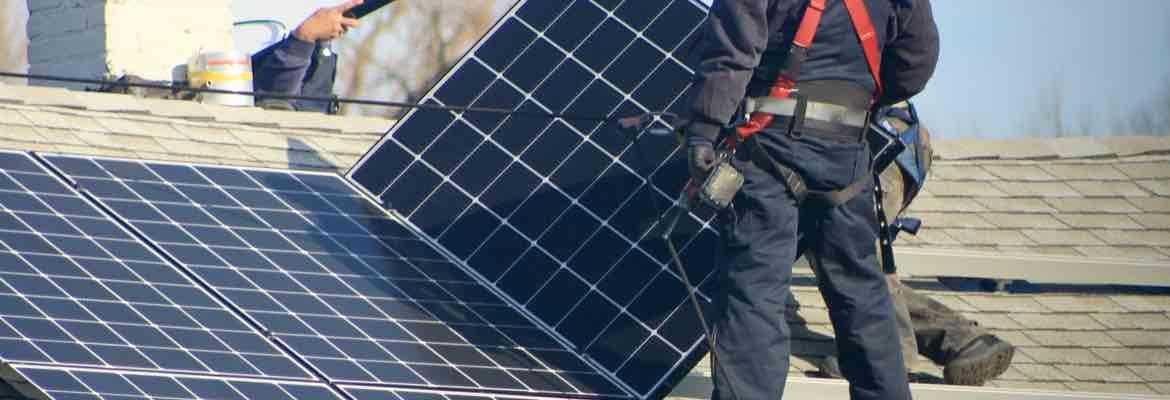
Solaradiant
| Types Of Energy Installed | Solar Electric PV |
|---|---|
| KW's Installed | 0 |
| http://www.solarradiant.com | |
| Market | Residential Properties |
|
I have provided quality plumbing and heating installations and service for commercial and residential customers in the Lowell area for over 20 years. The evacuated tube collectors seen above are an entirely different approach to solar water heating. Instead of many water filled copper pipes, these collectors use multiple vacuum filled glass tubes, each with a tiny amount of antifreeze hermetically sealed within a small central copper pipe. When heated by the sun, this antifreeze converts to steam, rises to the top of the tube, transfers its heat to a collector header, then condenses back into liquid and repeats the process. There are three main configurations for solar water heaters. The Open Hot Water/Radiant System uses a heat exchanger and anti-freeze to transfer thermal energy to a storage tank filled with potable water. This approach provides both domestic hot water, radiant floor heat, solves freeze issues, and allows the system to be powered by a very low wattage pump (more on this later).The drain-back approach also provides heating and domestic hot water and solves the freeze issue by draining all the collector fluid back into a storage tank. The downside is the size of pump needed to make this type of system work. Because the collectors are often located on the roof, 20 or 30 feet above the storage tank, the pump has to be powerful enough to push against gravity. In a "closed" pressurized anti-freeze loop, the weight of water dropping from the return side of the loop, pushes the water up on the supply side. The pump isn't pushing so much as it is simply "stirring" the water around in the loop. As a result, the height of the collectors doesn't matter that much and the pump used is a small 45 watt circulator. By contrast, the drain-back pump needs much more "head" and much more power and costs over 4 times as much energy to run (245 watts). |

